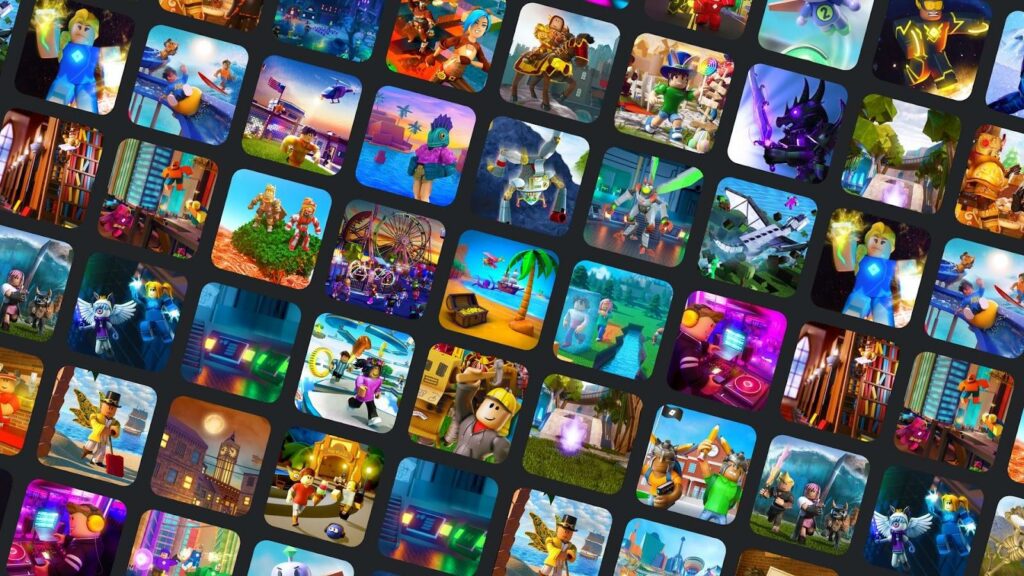
Source: LootProject.com
This game deconstruction was originally posted on Naavik Pro - the #1 research portal for blockchain and F2P games! We serve both investors and developers with our premium research. Make us your remote games research department today!
The Loot project is a seminal experiment in composable, bottom-up, community-driven blockchain applications, standing in stark contrast to the centralized, top-down, VC-fueled “gamefi” apps best exemplified by Axie Infinity and The Sandbox.
As we’ve explained in great detail in our previous deconstructions of the latter two games, the eye-popping valuations of “play-to-earn” games were primarily driven by the promise of financial returns for players and investors alike. In-game assets become not just tradeable commodities, but sophisticated financial instruments driving complex economies. These games are sometimes described as “digital nations,” complete with monetary policies, economists, and treasuries that collect taxes to fund further development (when they’re not being raided by North Korea to the tune of $625 million in losses).
The Loot project, both in its presentation and the ethos of its supporters, feels like the polar opposite. Whereas the other projects boast of huge venture capital investments, lavish parties, and celebrity endorsements, Loot quietly launched its foundational assets for free, and its “founder,” Dom Hoffman, exercises no formal control over the project.
As for the assets themselves? They’re basically just text files — a simple list of items that you’d find in a Dungeons-and-Dragons-inspired RPG. Here’s Loot Bag #2157, for example:

That’s it. That’s a bag of Loot.
There’s more than meets the eye, of course. If you look closely, you’ll see that every one of those items fits in a particular slot — Weapon, Chest, Head, Waist, Foot, Hand, Neck, or Ring. Further, each item in each slot is chosen out of a set of larger items, with defined rarities and a “greatness” score. The popular community site Loot Exchange breaks out all the metadata for us:

There’s no canonical representation for how a bag of loot is supposed to be visualized; that sort of thing is left up to the community to sort out. Popular NFT exchange OpenSea visualizes each Loot bag simply as plain white text on a black background:

Meanwhile, Loot Exchange has come to favor a simple pixelated “paper doll” depiction that shows a simple stick figure wearing each piece of loot in the bag:

One of many things that sets Loot apart from other NFT projects is that there was no presale or auction of the original assets, nor was there any community treasury, no DAO, no governance token, not even a whitepaper or a roadmap. Instead, project founder Dom Hoffman (the creator of TikTok predecessor Vine) simply released a smart contract that could mint up to 8,000 NFTs, each containing a text file representing a unique “loot bag.” Here’s the original tweet announcement:

The original set of loot bags (which we’ll refer to from hereon for clarity as “OG Loot” for “Original Loot”) could be minted for free, with no one receiving any compensation for their creation, though the FAQ says that 223 were reserved for the “contract deployer” (presumably Hoffman). In total, we detect that 7,779 bags of loot have been minted to date.
Once the bags were out there, they immediately began to trade on the open market and started fetching high prices; the market cap for Loot bags peaked at about $293 million on August 6, 2021. That figure has now declined all the way to $35 million, a nearly 90% loss in collective value.

But money was never the main point of the Loot project. Its founding idea was composability — a somewhat vague term floated by enthusiasts who believe blockchain technology heralds the coming of the “metaverse” — which for them means a shared virtual environment where digital assets can freely move between individual virtual worlds. But how can you build a rich and creatively fulfilling metaverse if the audience is limited to only 8,000 people?
Anticipating the critique that Loot could only be experienced by an elite cadre of high-priced bag holders, Hoffman simultaneously released a second set of Loot bags for the masses, dubbed “Synthetic Loot.” Synthetic Loot bags have the same basic properties as OG Loot, but the supply is unconstrained — all it takes to get one is a wallet address on the Ethereum blockchain. The catch is that they cannot be traded; each wallet gets exactly one, forever. Since Synthetic Loot uses the same data format as OG Loot, any application that consumes OG Loot should be able to work with the synthetic variety, at least if the developer chooses to do so.
Finally, just to round out people’s options, Dom Hoffman deployed another smart contract shortly after the original called “more loot” (“mLoot” hereafter). This contract emits an additional set of tradable Loot bag NFTs in the same format as OG Loot, with the supply cap growing at a finite rate that tracks Ethereum itself:

Loot’s intentionally spare implementation was seen as an invitation for builders to expand and elaborate upon it, with the three different varieties providing a way for everyone to meaningfully participate. TechCrunch described Loot as a project that “flipped the script” on both NFT’s and the “top-down, corporate, mass-production” approach seen in mainstream media properties, while The Verge described it as “a viral social network that looks like nothing you’ve ever seen.”
But that was nine months ago. Where is the Loot project today? Did it live up to the hype? Was it the herald of a new movement, an explosion of bottom-up, improvisational, community-driven composable creativity? Or did it fizzle out?
Let’s crunch the numbers and find out.
A big thanks to Lars Doucet for writing this deconstruction!
This research essay was originally posted on Naavik Pro - the #1 research portal for blockchain and F2P games! We serve both investors and developers with our premium research. Make us your remote games research department today!








